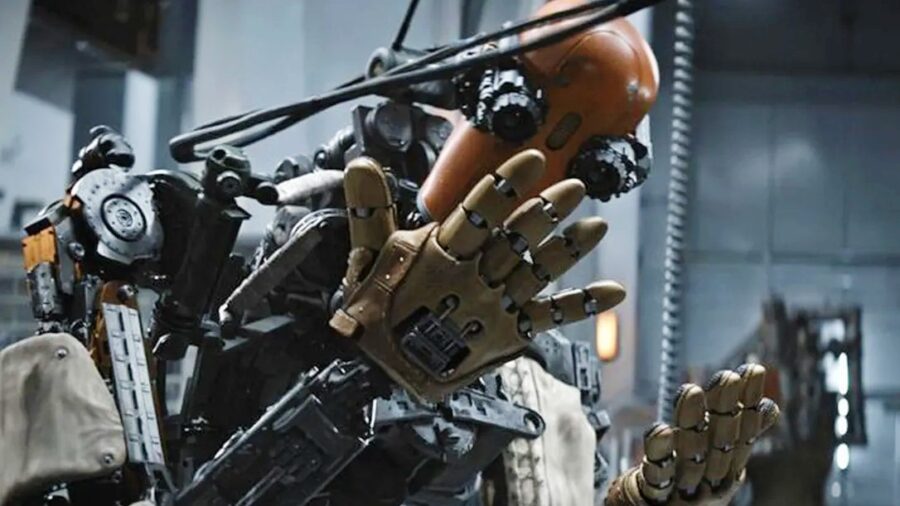NASA Video Shows Off New Moon Robots, Will We Need Astronauts Anymore?

NASA’s Jet Propulsion Laboratory (JPL) recently shared footage of their newly developing moon robots on their Twitter account and hope to take them on their maiden voyage to the moon next year. The three moon robots are currently being developed by the Cooperative Autonomous Distributed Robotic Exploration (CADRE) project and will be fully operational without the aid of constant human intervention. In other words, the concept of moon exploration has leveled significantly, and moon robots may very well be the way of the future if the mission proves successful.
NASA revealed a team of autonomous robots capable of working together, without human intervention, to explore the surface of the moon.
What’s most impressive about these moon robots is their ability to work together to fulfill their primary mission objectives. Until this development, it used to be the case that moon robots needed every movement to be remote-controlled by somebody operating the machine from Earth. But NASA considered other options, and we’re seeing the fruits of their labor manifest in the form of the CADRE project that we’re currently witnessing.
NASA’s moon robots, on the surface, sound like the origin story for the replicants of Blade Runner.
NASA’s moon robots work together through the use of mesh radio networking, not unlike Wi-Fi. After high-level instructions are input into their systems, the robots will take matters into their own hands (or wheels), use their own internal computing to assess the surrounding environment, and carry out the mission on a more granular level. Depending on the assigned task, one of the three moon robots will be elected as a leader based on which device is deemed most suitable to carry out the proposed mission.

One issue that needs to be considered is the potential overheating that these moon robots will experience when operating at full capacity. But NASA’s CADRE team has already thought about this and has programmed the robots to adhere to a 30-minute sleep-wake cycle. Once the explorative rovers have put some work in, they will enter a resting period, during which time they’ll cool down while their batteries recharge.
Since these NASA-developed moon robots are almost fully autonomous, they will perform a line-check upon waking up, and assign a new leader based on what their next mission will be, as well as the overall health of each robot. Depending on what expected hazards the robots anticipate for an upcoming mission, a new pack leader will be established, and they will continue exploring more of the lunar surface. Though human input and intervention will probably be required at some point to ensure everything is going according to plan, long gone will be the days of mission controllers having to manually input commands for every movement.
NASA’s latest robots will be capable of establishing their own command structure, something that will assuredly not be used against humanity in the future.
But with every amazing NASA innovation comes a healthy amount of skepticism. Twitter user @ModBldLLC suggested that moon robots with solid axles carrying sensitive equipment are a recipe for disaster. But it’s worth noting that the video shared by @NASAJPL shows us a working prototype and that the completed moon robots won’t be taking a trip to the moon until sometime in 2024.
We’re still a little way out from seeing the fully realized concept of autonomous moon robots. But by the looks of it, the engineers behind NASA’s CADRE project are putting everything they have into the development process, and we’re beyond excited to witness a new era of moon exploration through the use of sophisticated technology.












